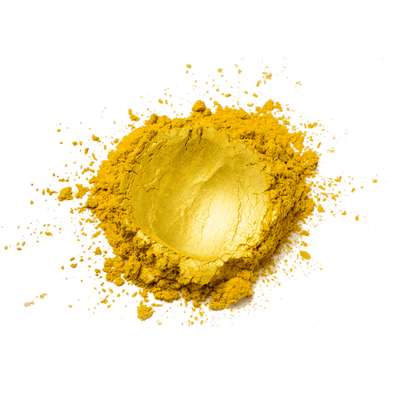Pearlescent pigments-Effect Pigment
Pearlescent pigments are a type of optical effect pigment that can give off a metallic luster, which is why they are also known as non-metallic pigments with metallic luster. They have the shimmering effect of metallic pigments, but can also produce the soft color of natural pearls. When exposed to sunlight, they can reflect multiple layers of light, causing the reflections to interact with each other and create a soft, dazzling or colorful shine and color.
They can be widely used in Înveliș, Materiale plastice, rubber, inks, paper, textiles, Cosmetice, decorations, handicrafts, leather, enamel, ceramics, packaging materials, printing decoration, and building materials, among many other fields. Pearlescent pigments are the most important colorants in facial, lip, eye, and nail makeup products. The use of pearlescent pigments has expanded from classic color cosmetics to personal care products, including skin and hair care products, providing a unique aesthetic effect.

Pearlescent pigments are made up of materials with a higher refractive index, which act as interference filters in a low refractive index environment. These filters split the incident light that reaches the interface of different refractive index materials at a certain appropriate angle into reflected and transmitted light parts with complementary colors (other incident angles can also be absorbed and reflected). This effect is the same as the phenomena we observe in our daily lives, such as soap bubbles, spilled oil, and the color of pearls.
Pearlescent pigments are a layered system consisting of a substrate and a coating layer. The substrate is generally natural mica, silica, or aluminum foil, while the coating layer is titanium dioxide or iron oxide, or CI 77510 (Pigment Blue 27, ferric ferrocyanide), or carmine, etc. The substrate must be platy, flexible, and have a relatively smooth surface. The thickness and refractive index of metal oxides determine the interference effect.
 Pigment intens
Pigment intens
